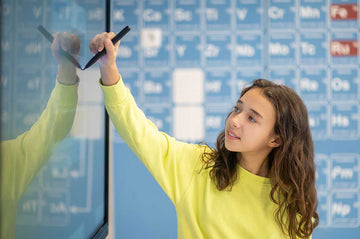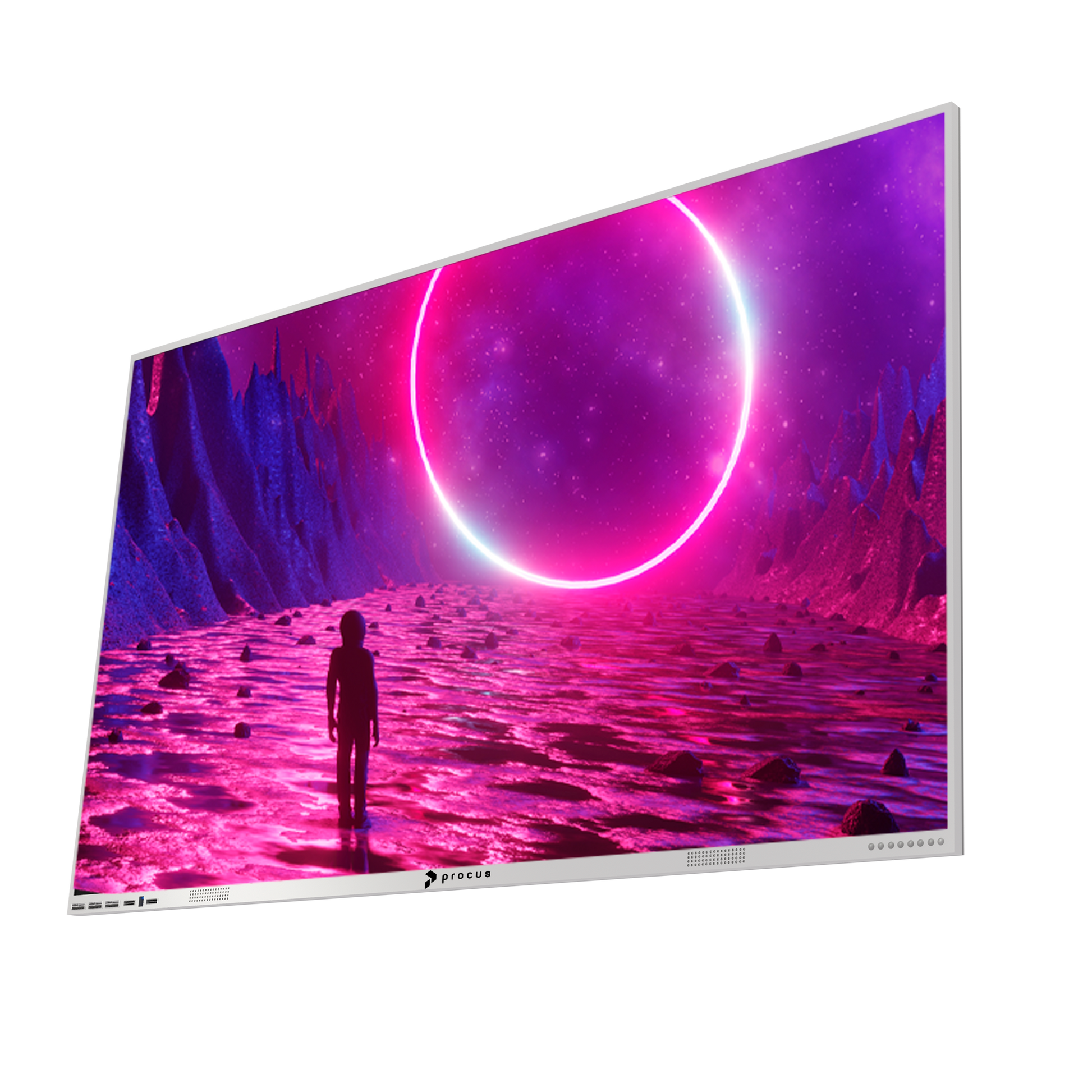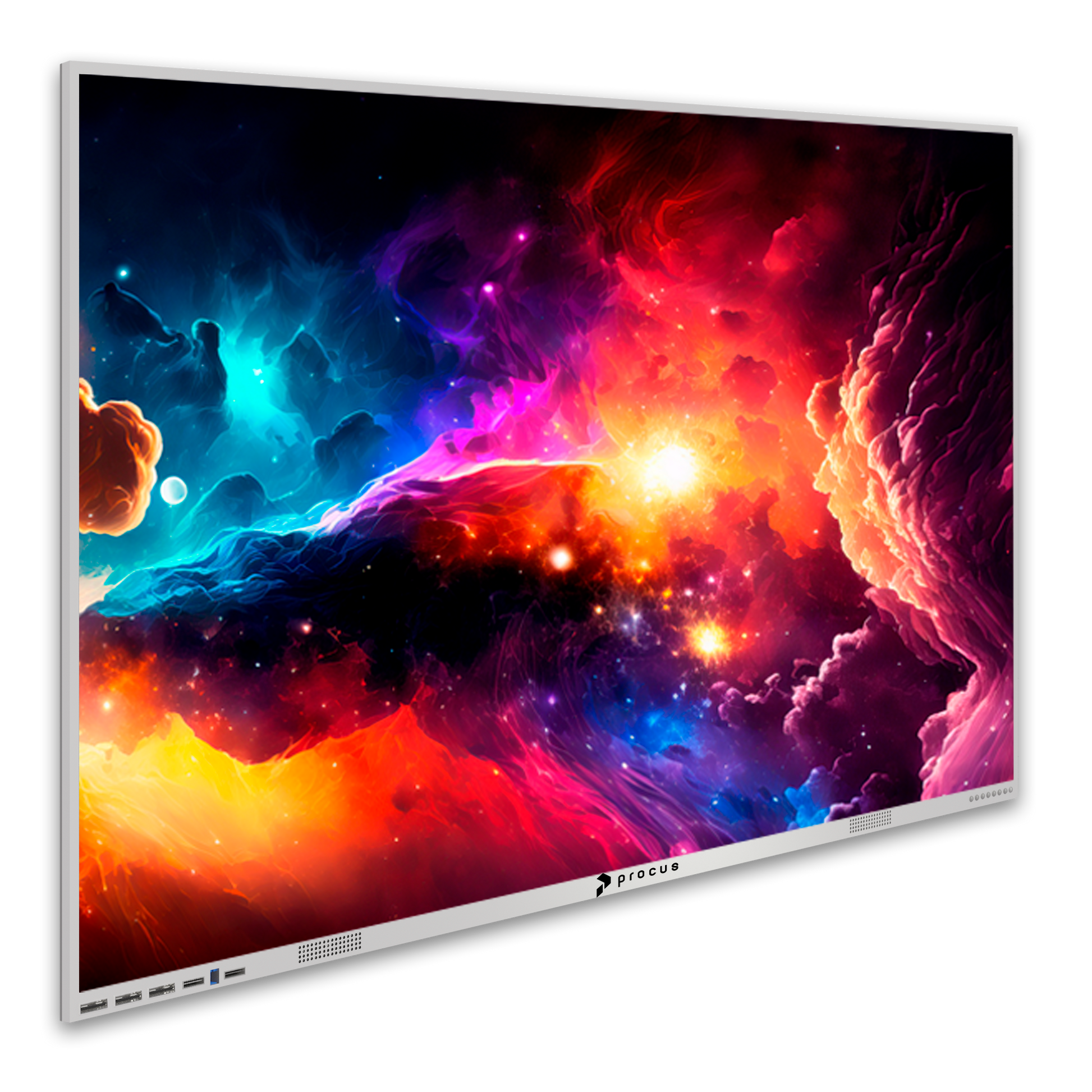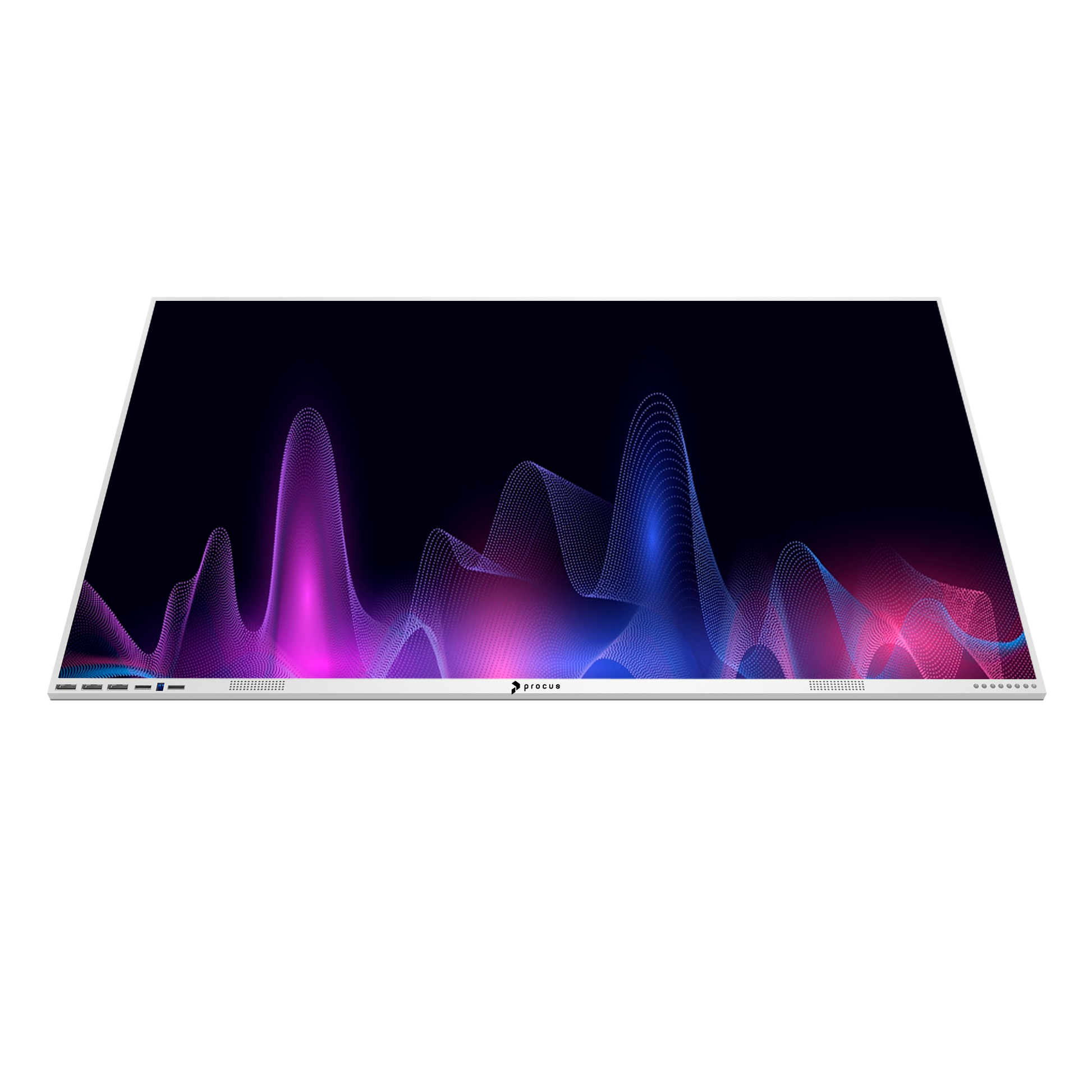Empowering Students and Teachers: How Interactive Flat Panels are Revolutionizing Education in India
by Rajan Arora on Feb 07, 2023
In recent years, technology has played an increasingly important role in education. From online learning platforms to educational apps, technology is changing the way students learn and interact with knowledge. In India, the integration of technology into the classroom has been slow, with many schools still relying on traditional teaching methods such as lectures and textbooks. However, the adoption of Interactive Flat Panels (IFPs) in Indian classrooms has the potential to revolutionize the education system, providing students and teachers with a more interactive and engaging learning experience.
What are Interactive Flat Panels? Interactive Flat Panels are large, touch-sensitive displays that can be used for a range of educational activities. They are typically mounted on a wall and can be connected to a range of devices such as laptops, tablets, and smartphones. IFPs are designed to enhance the learning experience by providing a large, interactive display that can be used to display multimedia content, annotate over presentations, and collaborate with others in real-time.
Benefits of Interactive Flat Panels for Students:
-
Improved Engagement: IFPs provide a more engaging and interactive learning experience, allowing students to interact with content in a way that is more dynamic and stimulating than traditional teaching methods. The use of multimedia and visual aids helps to keep students interested and focused, reducing boredom and disengagement.
-
Enhanced Collaboration: IFPs facilitate real-time collaboration between students, allowing them to work together on projects, share ideas, and present their work to the class. This promotes teamwork, communication skills, and critical thinking.
-
Access to Rich Multimedia Content: IFPs provide students with access to a wide range of multimedia content, including videos, images, and animations. This helps to bring subjects to life and provides students with a more engaging and memorable learning experience.
-
Improved Understanding: IFPs provide students with an interactive, visual representation of subjects, helping them to understand complex concepts and ideas. The use of multimedia and real-life examples helps to make learning more relevant and accessible, improving student outcomes.
Benefits of Interactive Flat Panels for Teachers:
-
Enhanced Teaching Techniques: IFPs provide teachers with a range of new teaching techniques and tools, allowing them to deliver lessons in a more engaging and interactive way. From annotating over presentations to displaying multimedia content, IFPs help teachers to bring subjects to life and keep students interested and engaged.
-
Improved Classroom Management: IFPs provide teachers with a range of tools for classroom management, such as interactive quizzes, voting systems, and class feedback systems. This helps teachers to monitor student understanding and adjust their teaching approach accordingly.
-
Increased Productivity: IFPs help teachers to streamline their work and reduce the time spent on administrative tasks such as printing and distributing materials. The use of multimedia content and interactive activities can also help to reduce the time spent on traditional teaching methods, freeing up more time for teacher-student interaction.
Conclusion: The adoption of Interactive Flat Panels in Indian classrooms has the potential to revolutionize the education system, providing students and teachers with a more engaging and interactive learning experience. From improved engagement and collaboration to enhanced teaching techniques and increased productivity, the benefits of IFPs are clear. It is time for Indian schools to embrace this technology and provide students and teachers with the tools they need to succeed in the 21st century










